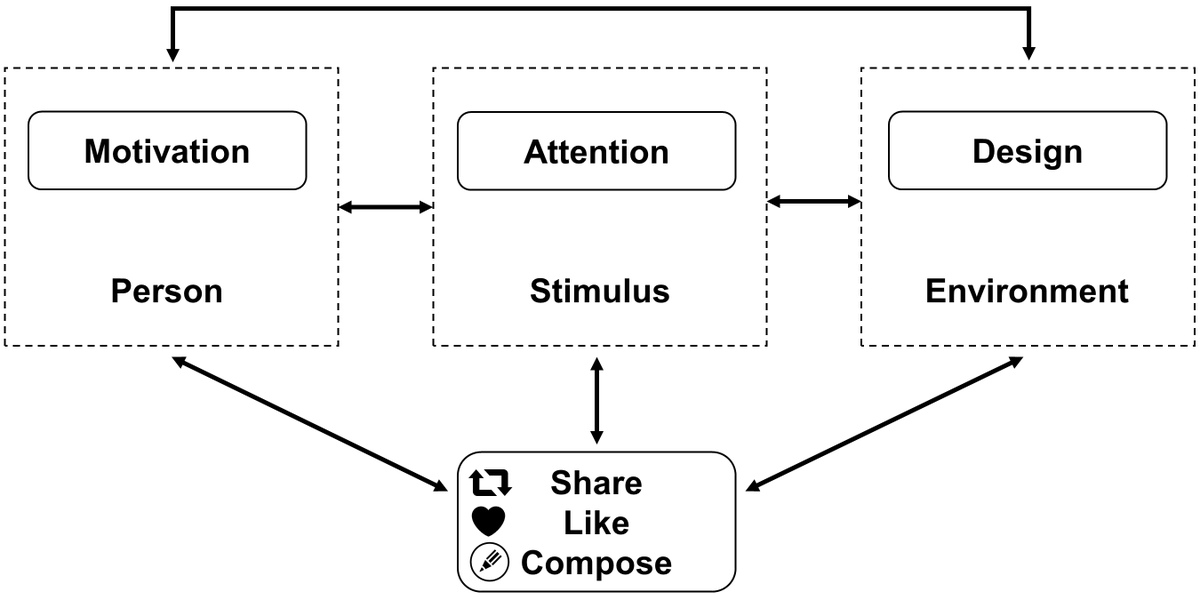By sharing synthetic datasets that mimic original datasets that could not otherwise be made open, researchers can ensure the reproducibility of their results while maintaining participant privacy
[THREAD]


I would love to get feedback on how I can improve this paper or if there are any errors before I submit









